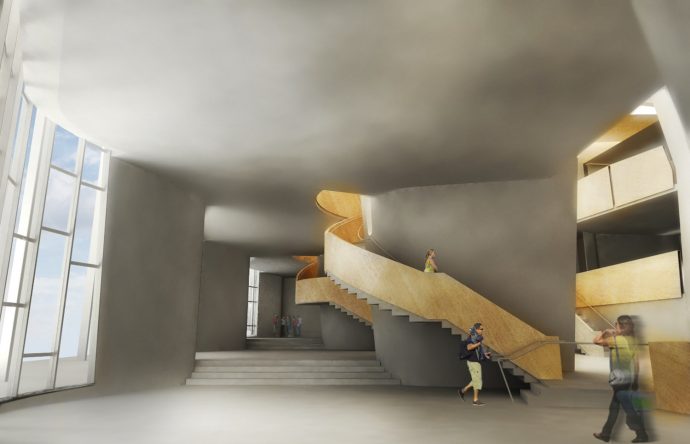The character of creative work requires spaces that enable collaboration and participation. Emerging workplaces continue to evolve, where the place is seen as a backdrop to new ways of working and new ways of thinking.
Yet despite all these developments, for many of us the idea of designing specifically for chaos and serendipity makes us uneasy. But doing so might lead to not just greater collaboration and innovation but also to a Nobel Prize.
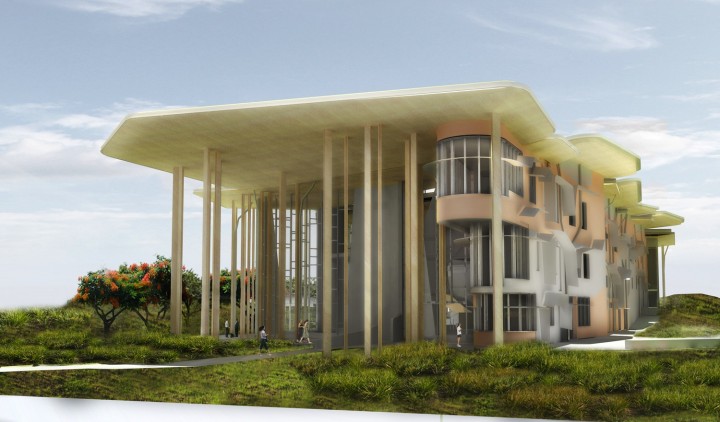
Take the story of Leon Heppel, a researcher at the U.S. National Institute of Health who was the owner of what might be described as the ultimate messy and chaotic desk.
Heppel’s desk used to get so messy that he occasionally would lay a sheet of brown paper over the top of all the mess so that he could continue working.
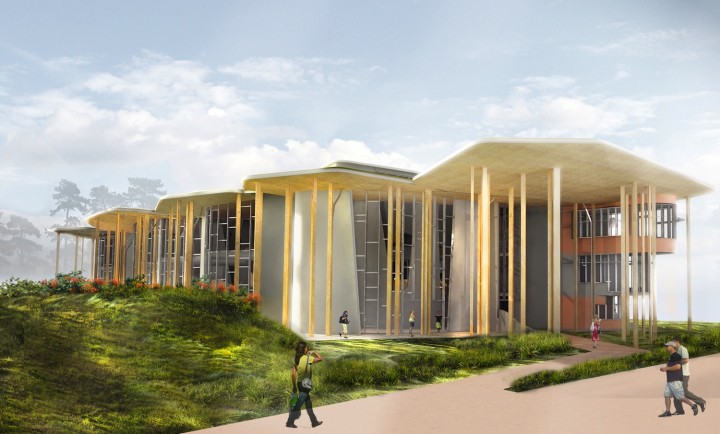
One day, as he was rifling through some papers on the upper and lower levels of his desk, he came across letters from two totally unconnected researchers.
Seeing a potential connection, Heppel put the two in touch with each other, an outcome that eventually led to a Nobel Prize.
Had the papers been in a conventional filing system or a digital format, it is unlikely this would have occurred.
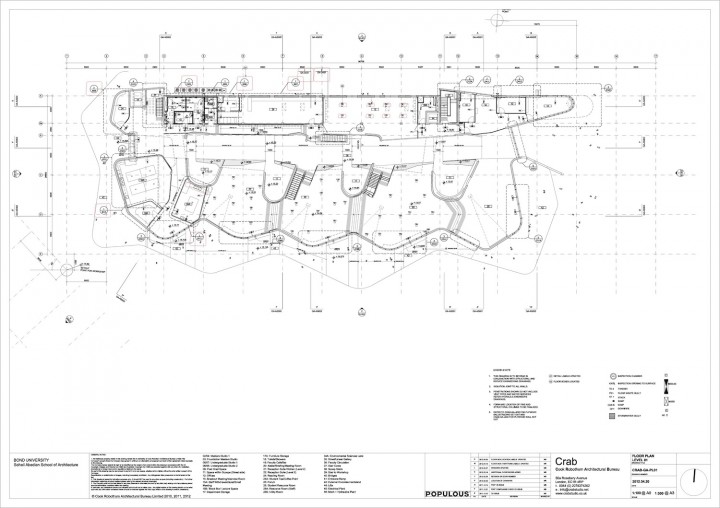
So what does this mean for the way we are approaching workplace design?
Aiming for a level of chaos
In A Perfect Mess: The Hidden Benefits of Disorder, Eric Abrahamson and David Freeman argue that a level of chaos is indeed something we should be aiming for.
“Moderately disorganized people, institutions and systems frequently turn out to be more resilient, more creative and in general more effective than highly organized ones.”
Further, according to James Ware of BVN architects, open space plans can produce rectilinear layouts that are as enclosed and private as the work systems they are trying to replace.
“Offices aren’t configured generally to really enable people to collaborate. Technology speeds up the manifestation of ideas but not the incubation time of the idea itself.”
This is harder to come by with corporate-imposed restrictions on workspaces. For example, each workstation in a corporate office I recently visited had a card with a weekly score on it – that score was a 10-point scale rating the cleanliness of the inhabitant’s desk.
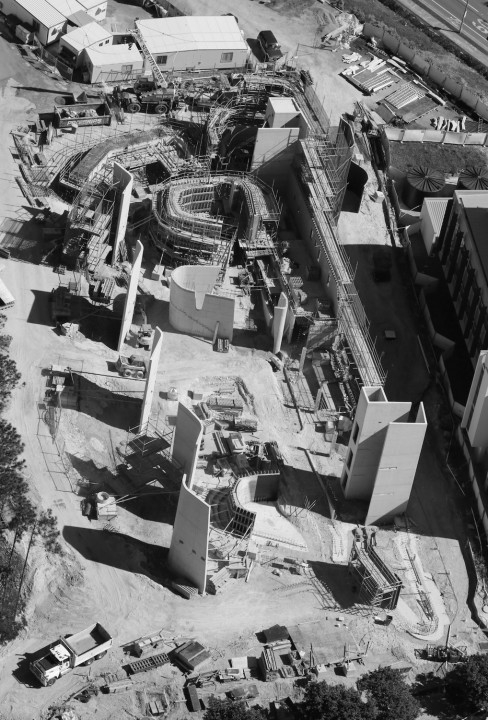
It’s hard to imagine how the employees of this blue-chip company feel anything approaching inspired and innovative when there is a person coming around each week rating them like a school child.
Unlike on a messy desk, disconnected ideas and information are not going to bump into each other digitally. And the clean desk policies of many activity-based work environments may mean that the messy desk is an endangered organism.
As Simon Sinek said in his TED talk that has been viewed nearly 7 million times, people don’t buy what you do, they buy why you do it.
So how does your workplace enable accessibility to different ideas and thoughts? And does the design emphasize the “why” about your organization, not just the what?
Serendipity in work and education
Apart from the fact that it might just lead to a Nobel Prize, designing for chaos and serendipity is important. For example, according to Stuart Kaufmann, a zone of maximum adaptability occurs at some critical level of density, at edge of chaos conditions.
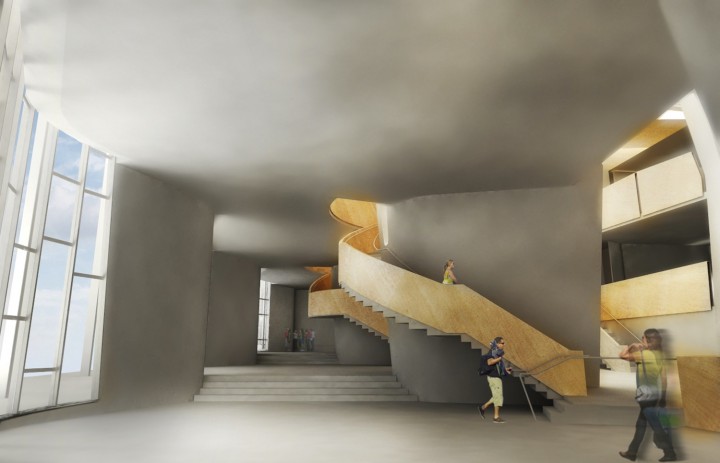
Serendipity or chance encounters that lead to something are more likely in environments where things are not completely planned, where informal conversations are encouraged, and where the workspace design enables chance encounters.
Similar studies have shown that professionals get 80 percent of their ideas from casual interactions. A dose of chaos and a critical mass of informal chance encounters will lead to greater collaboration and faster knowledge creation.
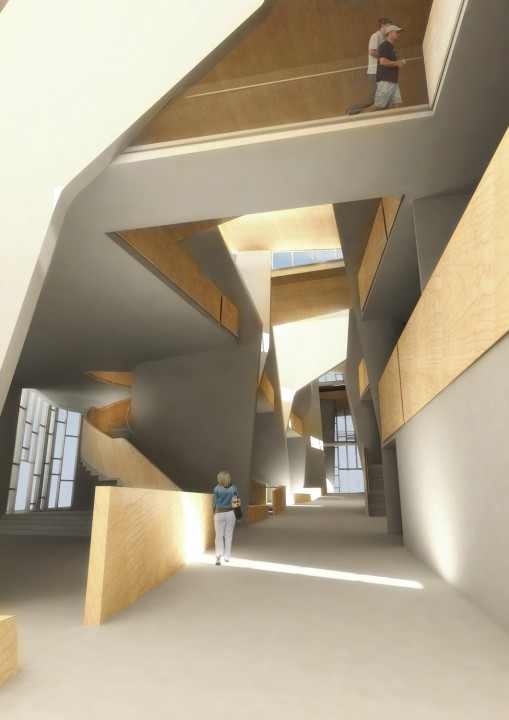
Such ideas were top-of-mind in the design of the new architecture school at Bond University by Sir Peter Cook of CRAB Studio in London. No longer immune from the changes sweeping the workplace, universities are creating beautiful, less formal, and more collaborative environments in an effort to attract and retain the best faculty and students. Where once the smartest faculty was enough, the space where the learning takes place — and its impact on the uptake of knowledge — is gaining increasingly greater attention.
The building will include formal and informal learning spaces, spots specifically designed for serendipitous meetings, and cafes through the core of the building – an 88-meter long “street” connecting the building with the public realm.
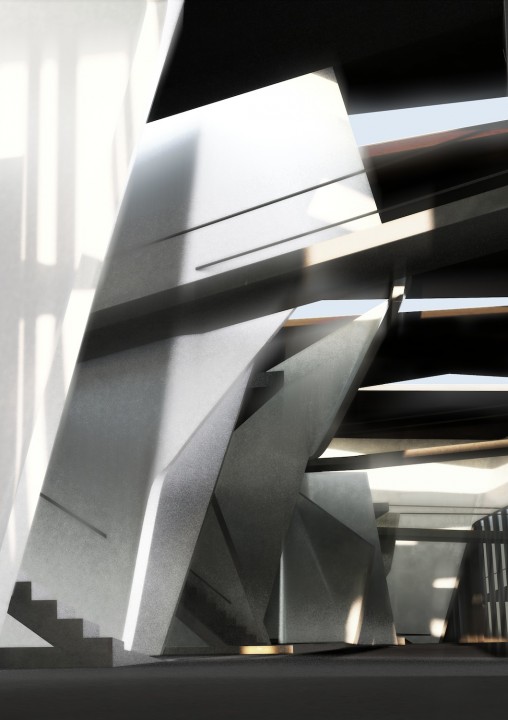
Said to Professor Philip Follent, head of the Soheil Abedian School of Architecture at Bond,
“When you are properly prepared and have done your homework, I firmly believe one bumps into the right knowledge, information, and people at the right time. Everything is relevant. It comes back to properly stating the problem and then connecting with myriad events to help inform us and make decisions.”
The studio space for the students will create a vibrant collaborative environment. Individual desks can be personalized and pulled together easily in a number of different ways, easily enabling students to work alone, in pairs, or in small or large groups.
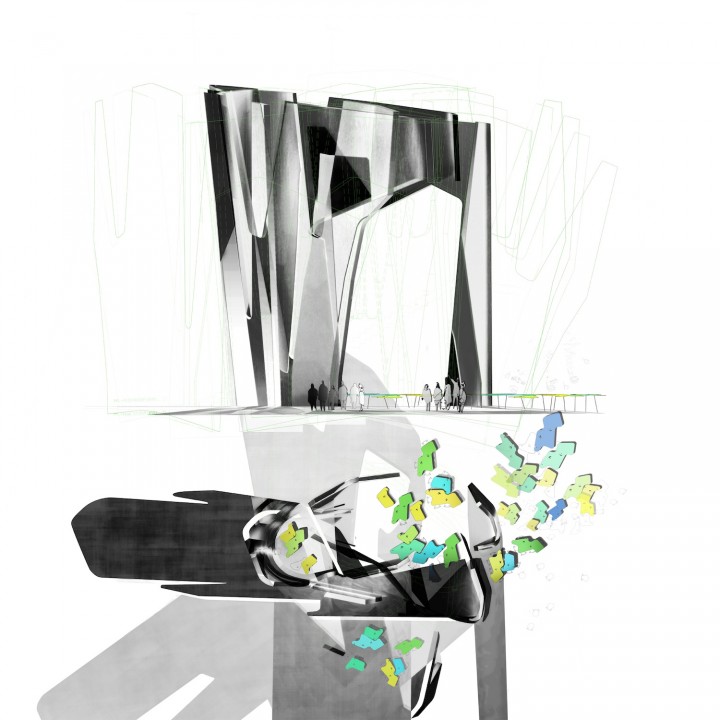
Unlike the clean-desk policy of activity-based work environments, Follent feels that a home base is critical in architecture. That’s why the design allows students to personalize and reconfigure the space for ideation, collaboration, and chance meetings.
“You can sit and look at a problem or a model all day and nothing comes or nothing makes sense, yet if you leave it and come back the next morning, often suddenly everything is different, and whole new perspectives and solutions are right there. We have to allow our subconscious the opportunity to work.”
Follent’s ideas and the design of the building support the idea that perhaps we do need to take more risks, be prepared to get untethered and less planned in our approach to work.
“We need to be designing spaces that are not predictable and where there are unexpected, interesting things going on. It is about ensuring the environment creates a context where people are capable of being themselves, giving of their best and are not intimidated.”

